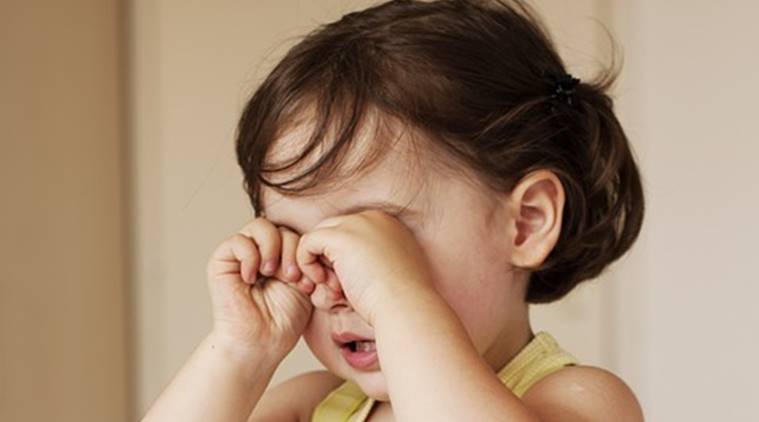Paediatric cataract: Symptoms to treatment, all you need to know

Nearly 15 of every 10,000 births are affected, resulting in approximately 2,80,000 to 3, 20,000 visually impaired children being born each year.

A child goes blind somewhere in the world every minute, according to a report by the World Health Organisation (WHO). In India, one of the major reasons of childhood blindness in India can be attributed to paediatric cataract. Nearly 15 of every 10,000 births are affected, resulting in approximately 2,80,000 to 3, 20,000 visually impaired children being born each year. Around 10 million people have no eyesight, as a result of childhood cataract, accounting for nearly 14 per cent of the approximate 70 million blind people affected by childhood blindness.
Parents, however, are more often then not unable to identify that their child’s vision defects as generally, there are not many visible symptoms at the onset of the problem. Usually, they get the child’s eyes tested only when the child complains or they notice that their child’s vision is deteriorating.
Also Read| 8 essential tips from the eye doctor for your child
Types of paediatric cataract and its symptoms
Paediatric cataract is of two types, namely congenital and development. Of these, congenital affects the foetus or closer to the time of birthing. The defect can be due to reasons as varied as a nutritional deficiency in mothers, infections or drug reactions. It can also occur if a mother suffers from gestational diabetes or metabolic disorders, which can affect the child’s ocular development.
The symptoms of paediatric cataract depends on many factors such as, how cloudy the lens is; where exactly is the cloudiness; if it’s one or both the eyes that are affected. Initial symptoms include blurred vision, seeing ‘halos’ around light, fading or yellowing of colours, sensitivity to light, white or grey pupil. Many such cases also turn out to be a symptom of retinoblastoma, squint eyes that look in different directions, and wobbling, rapid or uncontrolled eye movements.
Treatment and prevention
Childhood can cause irreparable damage to the eye. It can also result in lazy eyes and severe blindness if not treated promptly. If the cataract in child’s eye has stopped vision development, a surgical removal of the affected lens and replacing with artificial lens and contact lenses is recommended, or even glasses in some cases. That said, the possibility of having a clear vision may or may not be completely attained and the child can have reduced vision in the affected eye(s). The concern of reduced vision will always require regular follow-ups and eye check-ups.
The detection of under-development or ill-condition of the ocular system is not possible in the womb. Dietary modifications may be needed as per the ongoing medications (if any). Gestational diabetes is a condition that can affect the sight of a child if the condition is mismanaged. Hence, it is important to keep it in check. As detection of under-development or ill-condition of ocular system is not possible in the womb, it is best to take up these preventive measures for a healthy development of foetus. The evaluation of health and body functions is done only after a child’s birth and hence pregnant mothers must be taken care of.
Parent counselling
Once the surgery is done, parents need to make sure that follow-ups and treatment is done on a timely basis. Despite the IOL implantation, the child should wear contact lenses or glasses.
(With inputs from Alcon)
Source: Read Full Article




